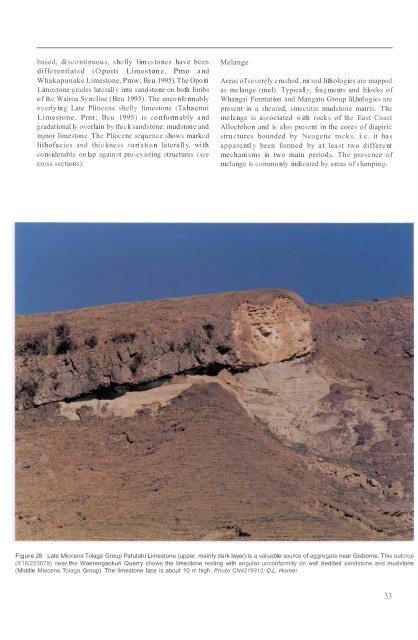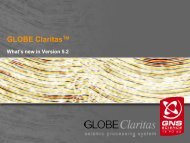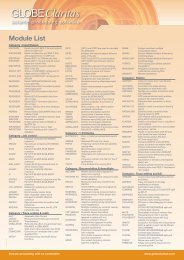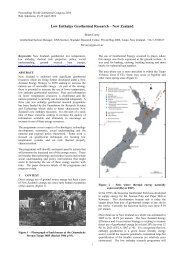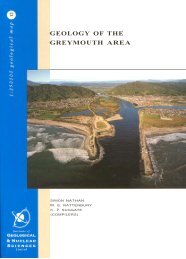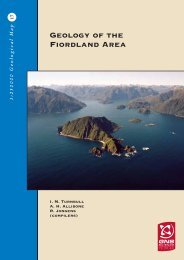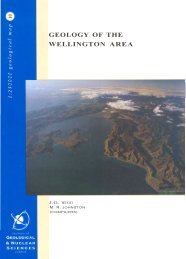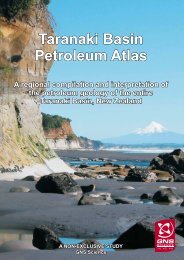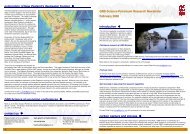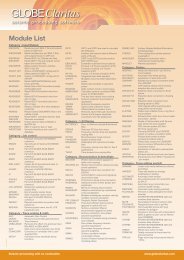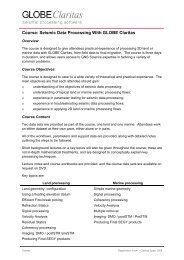GEOLOGY OF THE - GNS Science
GEOLOGY OF THE - GNS Science
GEOLOGY OF THE - GNS Science
You also want an ePaper? Increase the reach of your titles
YUMPU automatically turns print PDFs into web optimized ePapers that Google loves.
ased, di scontinuous, she lly lim estones have beendiffe rentiated (Opoiti Limestone, Pmo a ndWhakapunake Limestone, Pmw; Beu 1995). The OpoitiLimestone grades laterally into sandstone on both limbsof the Wairoa Sy ncline (Beu 1995). The unconfo rmablyoverly ing Late Pliocene shelly limestone (TahaenuiLimestone, Pmt; Beu 1995) is co nform ably a ndgradational ly overlain by thick sandstone, mudstone andmjnor limestone. The Pliocene sequence shows markedlithofacies and thic kness va ri ati on laterall y, wi thconsiderable on lap against pre-existing structures (seecross sections).MelangeAreas ofseverely crushed, mi xed lithologies are mappedas melange (mel). Typicall y, fragments and blocks ofWhangai Formation and Mangatu Group liLhologies arepresent in a sheared, smectitic mudstone matrix. Themelange is associated with rocks of the East CoastAllochthon and is also present in the cores of diapiricstructures bounded by Neogene rocks, i.e. it hasapparentl y been formed by at least two differe ntmechani sms in two main periods. The presence ofmelange is commonly indicated by areas of slumping.Figure 28 Late Miocene Tolaga Group Patutahi Limestone (upper, mainly dark layer) is a valuable source of aggregate near Gisborne. This outcrop(X18/223679) near the Waerengaokuri Quarry shows the limestone resting with angular unconformity on well bedded sandstone and mudstone(Middle Miocene Tolaga Group). The limestone face is about 10 m high. Photo CN4219312: D.L. Homer33


